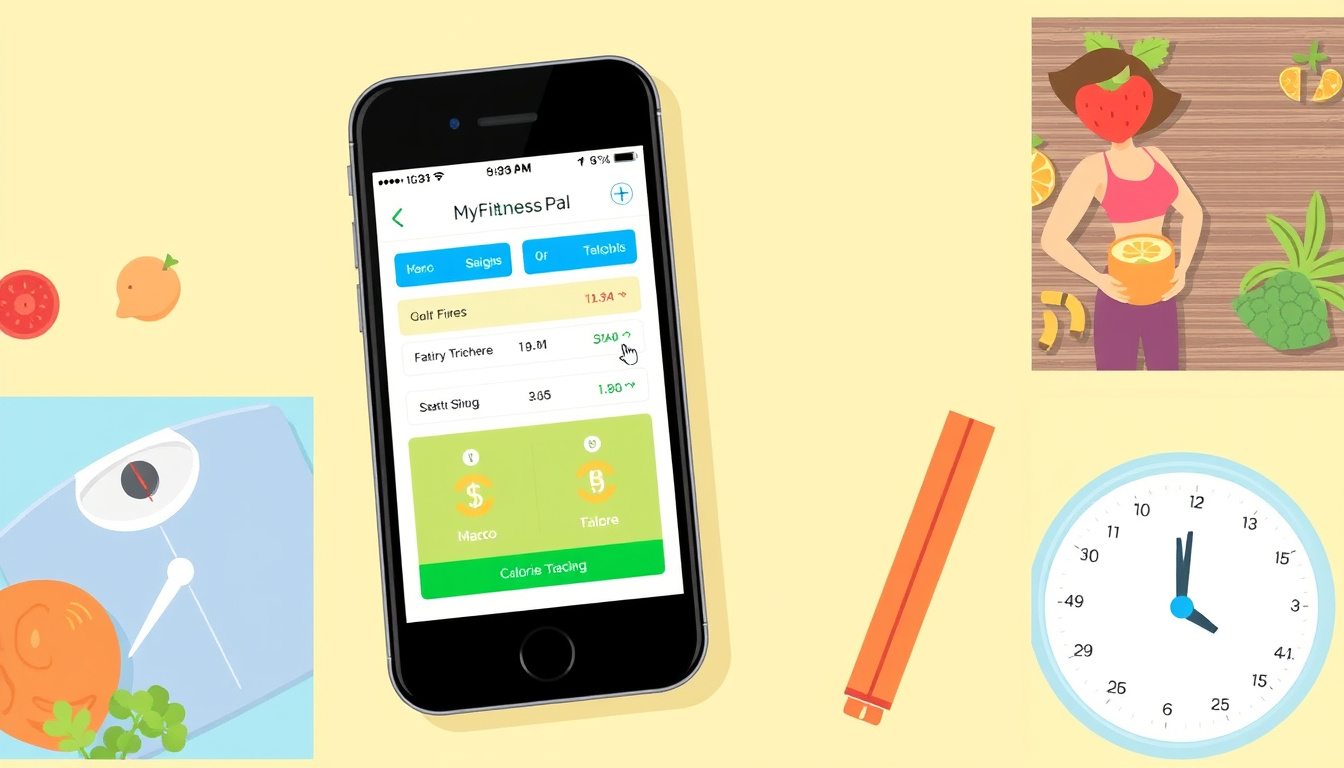
Navigating nutrition confuses many. Tracking calories and macronutrients overwhelms some. MyFitnessPal simplifies tracking. This guide shows you how to use the app so you reach your goals without fear.
Getting Started with MyFitnessPal
Download MyFitnessPal from your app store. Open the app and set up your account. Enter details like age, weight, height, and goals. The app uses these facts to calculate your daily calories and macronutrients.
Setting Up Your Goals
Open the "Goals" section in the app. Adjust your calorie target. Set the protein, carb, and fat ratios that suit your needs. Choose whether to lose weight, build muscle, or keep a balanced diet.
Adding Foods to Your Diary
The food diary is the heart of MyFitnessPal. You can add meals in the morning or as you eat.
-
Adding Foods: Click the “Add Food” option. Type a meal name or item in the search bar. Choose "Verified" foods to keep the data accurate.
-
Creating Meals and Recipes: Save meals that you eat often. You can also create recipes by listing the ingredients. This method helps track complex dishes with ease.
-
Using the Barcode Scanner: Scan the barcode on packaged foods. The scanner quickly adds the item to your diary, saving time and effort.
Tracking Your Macronutrients
After logging meals, check your macronutrients in the "Nutrition" section:
- Macronutrient Chart: The app shows a pie chart. The chart breaks down the nutrients you consume. See how much you have eaten against your targets.
- Daily Overview: Look at the overall diet chart. It helps you notice eating patterns that might need change.
Learning From Your Data
Tracking your food intake teaches you about your habits. You learn which foods give you energy and affect your mood. This insight guides you to make better choices for your health.
Handling Restaurant Meals
Eating out does not break your tracking. MyFitnessPal holds a large database of restaurant foods. Search for your meal just as you would for home-cooked items. Many entries show verified calorie counts and nutrient data, making it easier to keep track even when you dine out.
Making Tracking Effortless
To make MyFitnessPal a steady part of your fitness journey, try these tips:
- Consistency is Key: Log your meals every day. Regular tracking builds good habits and offers clear insights.
- Experiment with Timing: Find a tracking routine that works best for you. Whether you log meals in advance or as you eat, adjust it to suit your lifestyle.
- Stay Flexible: Enjoy your favorite foods without guilt. Be mindful of portion sizes and nutrient values.
Conclusion
Using MyFitnessPal does not need to be hard. The app becomes an ally when you learn your body’s needs and track your meals daily. Notice what your data tells you to refine your choices. With patience, this tool turns from an intimidating app into a simple guide for your health journey. Now, take the first step and start logging today!
contact us @mindfulaimedia@gmail.com

No comments:
Post a Comment